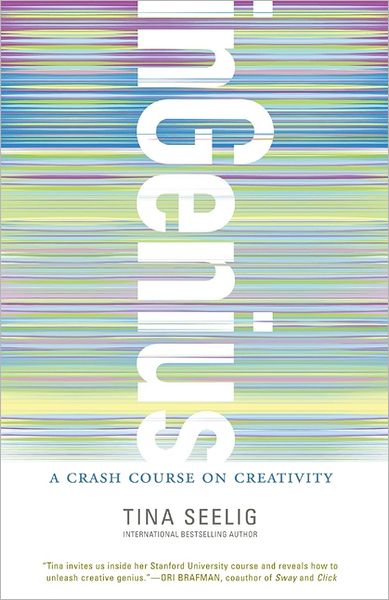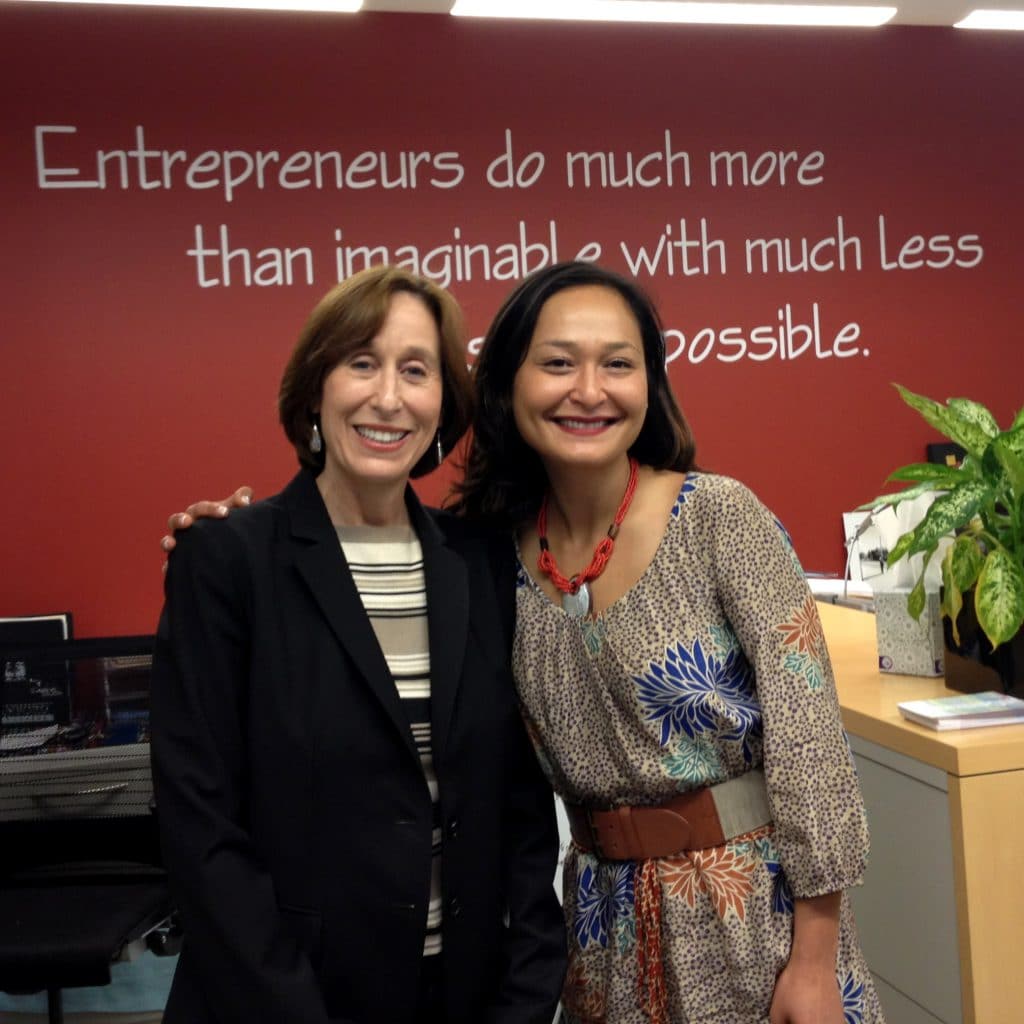I am honored and thankful to have had the opportunity to interview Stanford professor Dr. Tina Seelig. Watch the video above for a re-play of the conversation between me and Dr. Seelig, who provided a bevy of insights into how creativity works and how to apply creative principles to business problems.
Dr. Seelig is the Executive Director for the Stanford Technology Ventures Program (STVP) and the Director of the National Center for Engineering Pathways to Innovation (Epicenter). She is the recipient of several awards including: the Gordon Prize from the National Academy of Engineering, the National Olympus Innovation Award, and the Stanford Tau Beta Pi Award for Excellence in Undergraduate Teaching. Dr. Seelig earned her Ph.D. from Stanford University Medical School in 1985 where she studied Neuroscience. She has worked as a management consultant for Booz, Allen, and Hamilton, as a multimedia producer at Compaq Computer Corporation, and was the founder of a multimedia company called BookBrowser. She has written 16 popular science books and educational games, including inGenius: A Crash Course on Creativity, which was the focus of our discussion.
 Many thanks to Dr. Seelig for taking the time to share her valuable insights on creativity!
Many thanks to Dr. Seelig for taking the time to share her valuable insights on creativity!
Below are the questions I posed to Dr. Seelig during the interview.
Creativity in business
1. Most all businesses have designated individuals or groups whose job it is to be creative, e.g., marketing. Why is creativity important for an entire organization, including for left-brained pursuits like engineering?
2. Why is creativity so scarce in the business world?”
3. Name three business leaders who are/were models of creativity.
4. How does the late Steve Jobs measure up against your model of a creative individual and leader?
Individual creativity
5. Let’s talk about individual creativity for a moment. What are some exercises that an individual can do at the start and/or throughout the workday to optimize creativity in general?
6. How would you test a job candidate for creative potential?
7. You assert that creativity can be taught, and you’ve codified the variables that catalyze our creative abilities through a model called the Innovation Engine. What comprises this Innovation Engine?
8. Many of history’s greatest thinkers were introverts. Can one be creative in solitude, or is creative thinking best performed as a group exercise?
Group creativity
9. One of my favorite creative exercises mentioned in your book is The Six Thinking Hats, developed by inventor Edward de Bono. Can you please describe this?
10. You’re a big fan of brainstorming as a way to stimulate creativity. First, tell us some common brainstorming mistakes. Then describe the ideal brainstorming session for say, RingCentral. Imagine we need to re-design our iPhone app for mobile business customers. Give us the who, what, when, where of this brainstorming session.
11. You note that gamifying business processes often leads to much better results. Provide some examples of using gamification to motivate and inspire employees.
Creativity best practices
12. A game you use with your Stanford students involves a simulated climb up Mt. Everest. You noted that the student teams who communicate more freely with one another do better in the climbing game. What are some actionable steps a business owner can take in improving team communication?
13. In your book, you provide several examples of companies who support experimentation. How are experimentation and creativity related, and what are some companies doing to foster an environment of experimentation?
14. You strongly believe that constraints – lack of time, resources, money, etc. — can stimulate creativity. But you also point out that a business will do well to think outside its usual constraints, such as Amazon did when it came up with an affordable business model to provide year-round free shipping. Can you provide examples of constraints that spark versus inhibit creativity?
15. Creativity seems to be a hallmark of most startup companies – startup workspaces tend to be more colorful, the energy level is high, and the leadership more open-minded to ideas. What is your advice for bigger, more established companies who have fallen into mundane routines, processes, and low employee morale? In other words, what are some general tips you can offer to make over such organizations?
Originally published Aug 02, 2012, updated May 23, 2021




